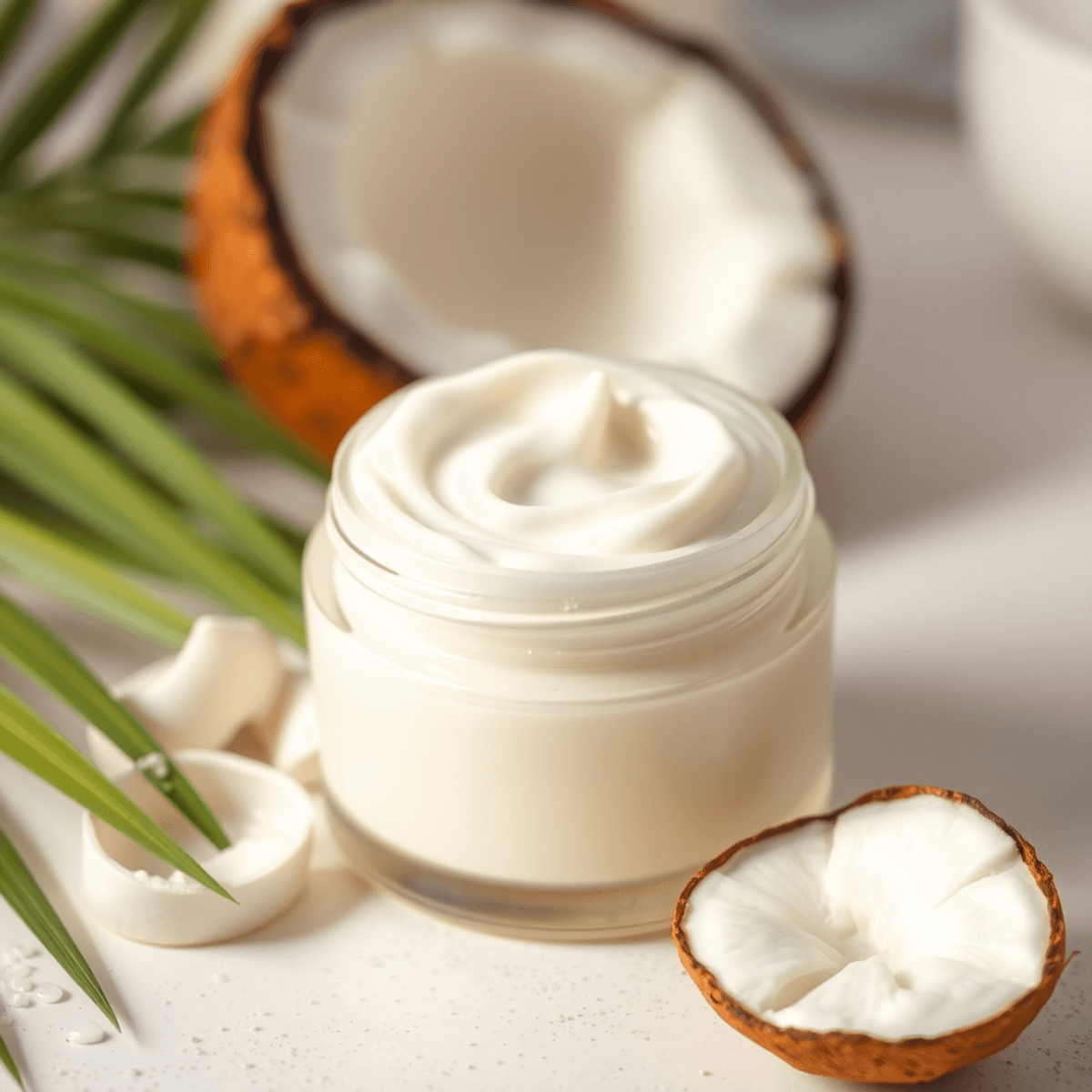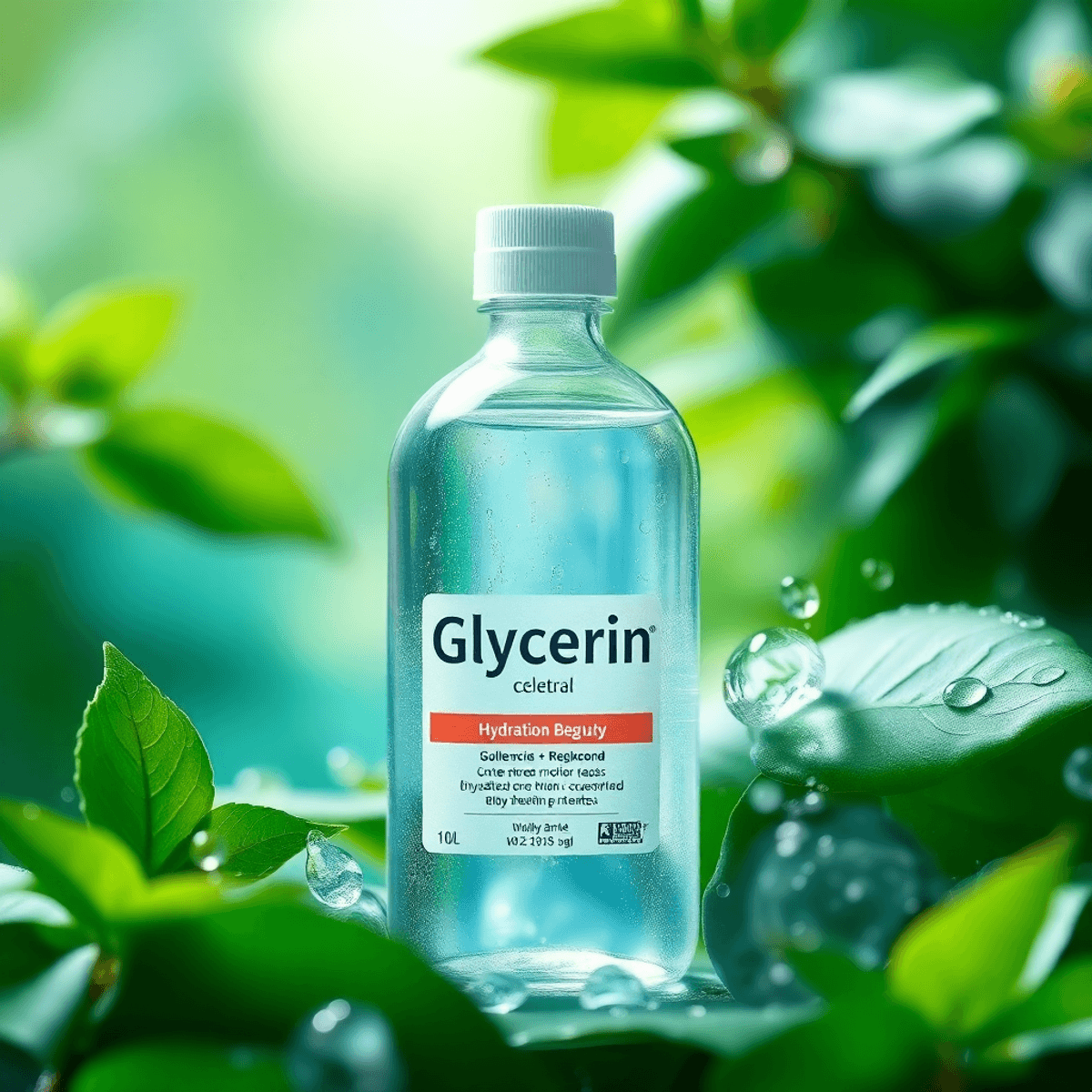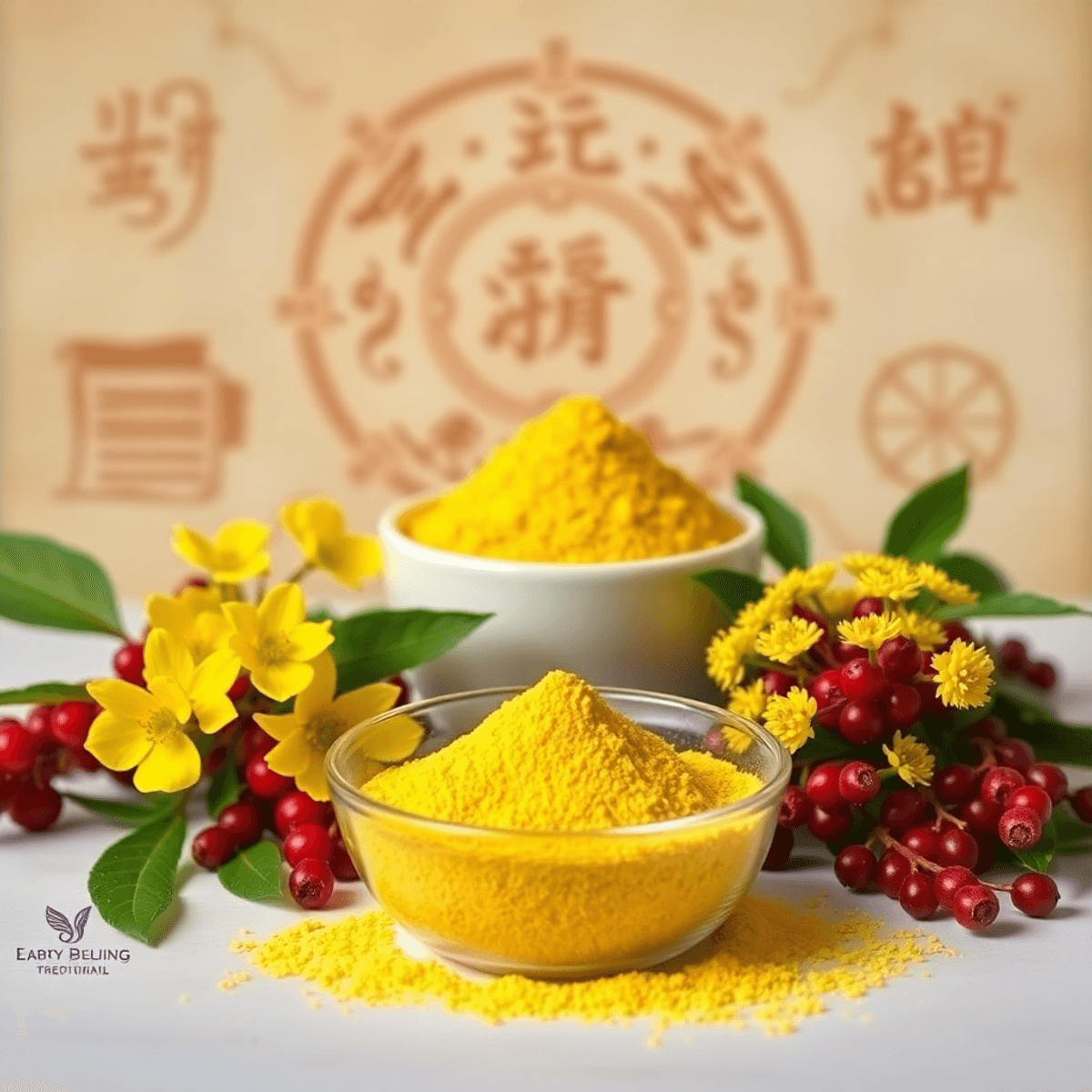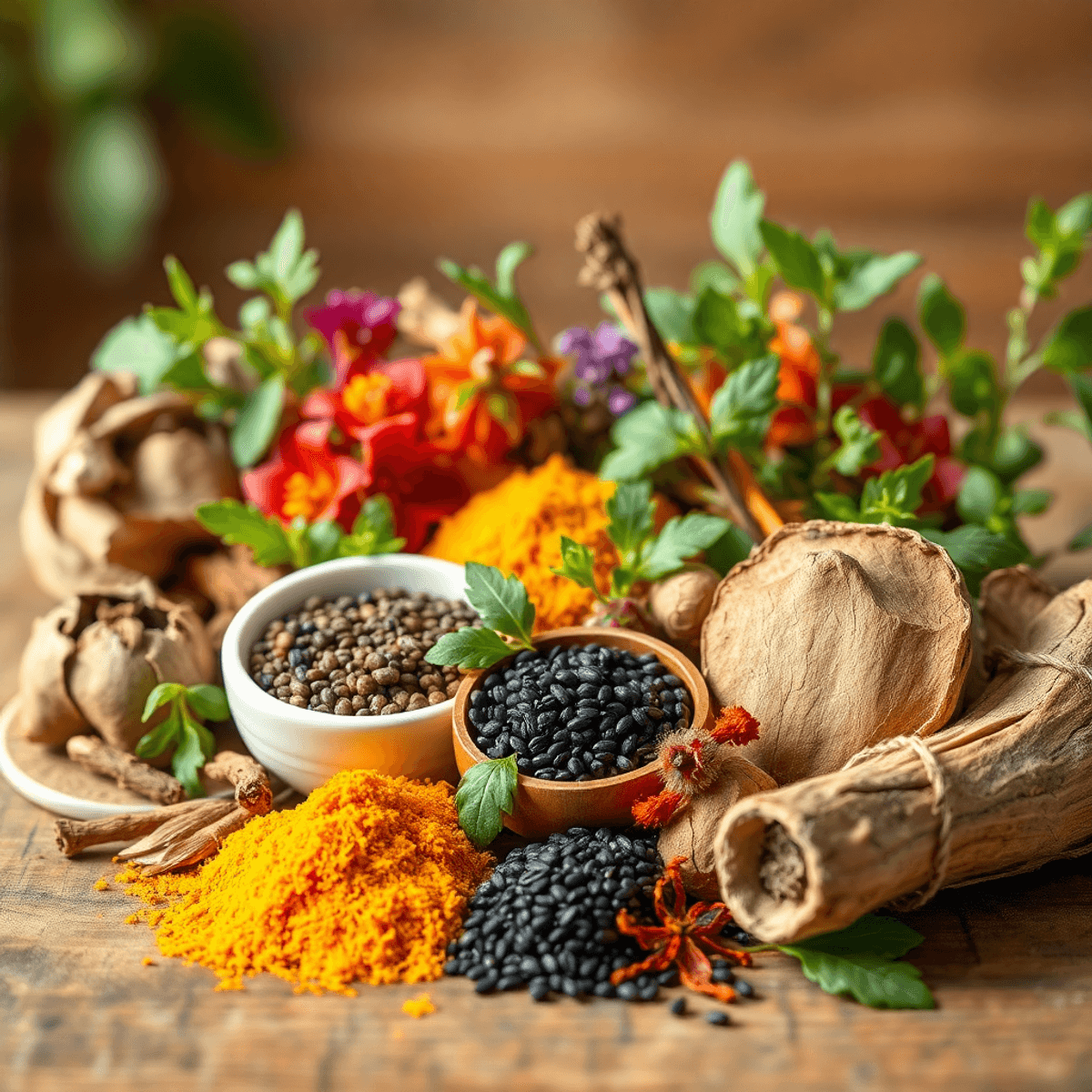Herbal Remedies: The Secret Ingredients for Effective Pain Relief

Introduction
Herbal remedies are becoming more popular as natural solutions for pain relief and inflammation. With more people aware of the side effects of synthetic medications, many are turning to traditional herbal treatments for conditions like arthritis and chronic inflammation. The best pain relief products often come from nature.
In this blog, we explore how effective herbal remedies can be by looking at the active ingredients that make them work. We'll specifically discuss important herbs such as:
- Curcumin, which is found in turmeric and is famous for its ability to reduce inflammation
- Saffron, known for its potential in managing neuropathic pain
- Black seed, praised for its pain-relieving properties
- Willow bark, a traditional remedy that competes with modern painkillers
But there are other natural remedies besides these herbs. For example, natural ingredients have been shown to be helpful in treating skin conditions like eczema, providing gentle yet effective relief. Additionally, the benefits of CBD, a compound derived from hemp, are becoming more widely recognised for its ability to reduce pain, promote sleep, and uplift mood.
Learn how these natural ingredients may provide relief while also emphasizing the significance of understanding their roles in your journey towards wellness.
Understanding Pain and Inflammation
Pain and inflammation are complex biological responses that serve as critical protective mechanisms in the body. Pain mechanisms involve the activation of sensory neurons, which transmit signals to the brain, alerting you to potential harm or injury. This process is essential for survival, yet when pain becomes chronic, it can significantly impair daily life.
Inflammation is a natural response to injury or infection aimed at healing damaged tissues. It involves the release of chemicals like cytokines and prostaglandins that promote blood flow to the affected area. However, when inflammation becomes persistent due to autoimmune disorders or lifestyle factors, it can lead to tissue damage and contribute to various health conditions.
Chronic pain affects millions worldwide, reducing mobility, disrupting sleep, and affecting mental health. Conditions such as arthritis, fibromyalgia, and neuropathy often involve ongoing inflammatory processes that exacerbate pain. The use of anti-inflammatory creams and other treatments can provide temporary relief but may not address underlying causes.
The connection between inflammation and diseases extends beyond musculoskeletal disorders; it's linked to heart disease, diabetes, and even cancer. Understanding these inflammation causes highlights the importance of managing inflammation effectively for overall well-being. Herbal remedies offer promising alternatives by targeting both pain and inflammation naturally.
The Role of Herbal Ingredients in Pain Relief
1. Curcuma longa (Turmeric)
Turmeric, known scientifically as Curcuma longa, has long been revered in herbal medicine for its robust anti-inflammatory properties. This vibrant yellow spice, a staple in many culinary traditions, is increasingly recognized as one of the secret ingredients to the perfect pain relief product. At the heart of turmeric's therapeutic benefits lies curcumin, its primary active compound.
Anti-inflammatory Properties
- Curcumin's Influence: Curcumin stands out due to its potent ability to inhibit various molecules that play a role in inflammation. By doing so, it helps alleviate pain associated with conditions such as arthritis and muscle soreness.
- Research Support: Several studies have highlighted curcumin's efficacy in reducing chronic inflammation and pain. In particular, research has shown that curcumin can be as effective as some anti-inflammatory medications but without the adverse side effects commonly associated with pharmaceuticals.
- Herbal Cream for Arthritis: Many herbal creams for arthritis capitalize on turmeric's properties. These creams often combine curcumin with other natural ingredients like Boswellia Serrata, which enhance absorption and effectiveness, offering a natural alternative for those seeking relief from joint pain.
Mechanisms of Action
- Inhibition of Pro-inflammatory Pathways: Curcumin inhibits nuclear factor-kappa B (NF-kB), a protein complex that controls the transcription of DNA and cytokine production, which are crucial in the inflammatory response.
- Antioxidant Effects: Apart from its anti-inflammatory action, curcumin also exhibits strong antioxidant properties. It combats oxidative stress by neutralizing free radicals and boosting the body’s own antioxidant defense mechanisms.
Usage Considerations
While turmeric is generally safe for most people when used appropriately, it's essential to consider dosage and individual health conditions. The bioavailability of curcumin is notably low; thus, formulations often include piperine (found in black pepper) to enhance absorption.
For those exploring herbal remedies, it's advisable to consult healthcare professionals before integrating turmeric supplements into their routines, especially if they are already on medication or managing chronic health issues.
The exploration of turmeric underscores how natural ingredients continue to shape modern approaches to pain management, bridging traditional wisdom with contemporary science. Other natural ingredients such as olive oil can also provide natural relief for eczema, showcasing the versatility and effectiveness of herbal remedies. For a broader understanding of effective pain relief solutions, consider exploring these 10 natural ingredients which include turmeric among others.
2. Crocus sativus (Saffron)
Crocus sativus, commonly known as saffron, is an important herb in herbal medicine. This bright spice is not only praised for its use in cooking but also for its potential health benefits. Recent studies show that saffron may have pain-relieving effects, making it a promising option for treating nerve pain.
How Saffron May Help with Pain Relief
- Pain-Relieving Effects: Research suggests that saffron may affect pain pathways by influencing certain chemicals in the brain and reducing the sensation of pain. These qualities make it an interesting candidate in the development of natural ingredients for pain relief products.
- Nerve Pain Management: The potential of saffron in treating nerve pain offers a natural alternative to traditional medications. Its use aligns with the historical application of herbal remedies for pain relief, adapting ancient knowledge to modern health issues.
While saffron shows promise, it's important to consider its advantages and disadvantages compared to conventional treatments. As part of current trends in using herbs for health purposes, saffron represents the merging of tradition and science in finding effective, natural solutions for pain relief.
3. Nigella sativa (Black Seed)
Nigella sativa, commonly known as black seed, has been a cornerstone of herbal medicine for centuries, revered for its multifaceted therapeutic benefits. Known for its potent analgesic properties, black seed is utilized in various traditional remedies to alleviate discomfort from ailments such as headaches, toothaches, and arthritis. Its effectiveness in pain relief is attributed to the active compound thymoquinone, which exhibits strong anti-inflammatory properties.
The secret ingredients to the perfect pain relief product often include natural ingredients like black seed, which can be found in formulations such as herbal cream for arthritis. Black seed's role in managing pain through its natural compounds aligns with current trends that favor using herbs for health purposes over conventional medications.
While black seed offers promising benefits, it also comes with limitations. Variability in product quality and individual responses can affect its efficacy. Despite these challenges, black seed remains an integral part of historical use of herbal remedies for pain management, standing out as a powerful natural ingredient in the ongoing search for effective pain relief solutions.
How Herbal Ingredients Relieve Pain
Herbal remedies are effective in relieving pain because they can target the problem at a cellular level. By understanding how these natural ingredients work, we can gain insights into how they alleviate discomfort and inflammation.
How Active Ingredients Work
Herbal remedies work by interacting with cellular pathways that control inflammation and pain perception. For example, curcumin from Curcuma longa (Turmeric) is known to inhibit enzymes like COX-2, which play a crucial role in producing inflammatory compounds. This action naturally reduces inflammation, alleviating pain without the adverse effects commonly associated with synthetic drugs.
The Role of Antioxidants
Antioxidants are essential in fighting oxidative stress—a condition that worsens inflammation and pain. Many herbal ingredients, such as those found in Nigella sativa (Black seed), are rich in antioxidants. These compounds neutralize free radicals, preventing cellular damage and reducing inflammation. This property not only helps in managing pain but also supports overall health by protecting cells from oxidative damage.
By combining anti-inflammatory actions with antioxidant activity, herbal remedies provide a comprehensive approach to managing pain and inflammation. These key ingredients form the foundation of effective natural pain relief products, offering a holistic alternative to conventional medications.
For example, 1936 Original's range of natural pain relief products are designed to help relieve back, joint and muscle pain while reducing inflammation. Family-made in Italy since 1936 with 95% natural ingredients sourced from the EU, these products exemplify the potential of herbal remedies in pain management.
Safety Considerations with Herbal Remedies for Pain Relief
When exploring herbal remedies for pain relief, safety concerns are paramount. The unregulated nature of many herbal products presents a significant risk. Without stringent oversight, the quality and purity of these products can vary widely, potentially leading to adverse reactions or reduced efficacy.
Key Safety Points:
- Risks of Unregulated Products: Herbal remedies often escape the rigorous testing and approval processes that conventional medications undergo. This lack of regulation can result in inconsistencies in product potency and the presence of contaminants.
- Importance of Product Quality and Dosage: Selecting high-quality products is crucial. Look for those with Traditional Herbal Registration (THR) marks or other certifications that ensure some level of quality control. Accurate dosage is equally important to avoid potential side effects or under-treatment.
- Consulting Healthcare Providers: Before incorporating herbal remedies into your routine, discuss your options with a healthcare professional. This step is essential, especially if you are taking other medications or have pre-existing health conditions, as interactions can occur.
Emphasizing safety in your approach to herbal pain relief not only protects your health but also enhances the effectiveness of these natural treatments.
Case Study: Willow Bark as a Natural Alternative for Pain Relief
Willow bark has been used for centuries as a natural remedy for pain relief. Its effectiveness can be attributed to its active ingredient, salicin, which works similarly to aspirin in the body.
The Historical Use of Willow Bark
Willow bark's history dates back to ancient times when it was recommended by Hippocrates, the father of medicine. People were advised to chew on the bark to relieve pain and lower fevers.
How Salicin Works
Salicin, a compound found in willow bark, is chemically similar to aspirin (acetylsalicylic acid). Once ingested, salicin is converted into salicylic acid, which provides anti-inflammatory and pain-relieving benefits.
Common Uses of Willow Bark
Willow bark has traditionally been used to treat various conditions, including:
- Headaches
- Muscle pain
- Menstrual cramps
- Arthritis
Comparing Willow Bark with Conventional Pain Medications
When comparing willow bark with over-the-counter pain medications like aspirin, there are a few key differences to consider:
- Gentler on the Stomach: Willow bark is often praised for being less harsh on the stomach compared to synthetic aspirin, reducing the risk of gastrointestinal issues.
- Natural Alternative: For individuals seeking natural alternatives in pain management, the holistic nature of willow bark makes it an appealing choice.
While both willow bark and aspirin can provide relief from inflammation and pain, willow bark offers a more gradual onset of effects due to its complex composition beyond just salicin. This characteristic can be beneficial for those looking for long-term pain management without the immediate intensity of synthetic drugs.
Other Natural Remedies for Pain Relief
In addition to willow bark, there are other natural remedies that can also provide soothing pain relief. For example, lavender essential oils have been known for their calming properties and may help alleviate discomfort.
Topical Solutions for Pain Relief
For individuals who prefer topical solutions, products like the 1936 Original Pain Relief Cream offer a powerful combination of natural ingredients specifically formulated to relieve back, joint, and muscle pain while reducing inflammation.
Conclusion: Embracing a Holistic Approach to Pain Management with Herbal Remedies
Exploring herbal remedies as part of your pain management strategy can offer promising benefits. By using the secret ingredients found in nature, such as curcumin from turmeric, saffron, black seed, and willow bark, you can enhance your approach to effective pain relief. These natural alternatives provide opportunities to address pain and inflammation holistically.
For instance, the healing power of Spiraea Ulmaria, known as Meadowsweet, offers natural pain relief and inflammation management. Similarly, Arnica Montana, another herbal remedy, is renowned for its ability to relieve pain and inflammation effectively.
However, it's crucial to prioritize safety and efficacy. Consulting healthcare professionals ensures that these herbal treatments align with your existing health regimen and avoid potential interactions with conventional medications. This professional guidance is essential for crafting the perfect pain relief product tailored to your unique needs.
Consider integrating holistic approaches into your daily routine while remaining informed about the products you choose. Take proactive steps—explore natural alternatives, but always seek medical advice when needed. By doing so, you empower yourself with effective pain relief strategies rooted in both tradition and science.
FAQs (Frequently Asked Questions)
What are herbal remedies and why are they becoming popular for pain relief?
Herbal remedies are natural solutions derived from plants that have been used for centuries to alleviate various ailments, including pain. Their popularity is increasing as people seek alternatives to conventional medications, driven by a desire for more holistic and natural approaches to health.
How do turmeric and its active ingredient curcumin help with pain relief?
Turmeric, scientifically known as Curcuma longa, contains curcumin, which has potent anti-inflammatory properties. Curcumin works by inhibiting pro-inflammatory pathways in the body, thereby reducing pain and inflammation associated with various conditions.
What role does saffron play in pain management?
Saffron, or Crocus sativus, has been found to possess pain-relieving effects. Research suggests that it may help alleviate pain through its anti-inflammatory properties and by modulating certain biochemical pathways related to pain perception.
Can black seed (Nigella sativa) be used for pain relief?
Yes, Nigella sativa, commonly known as black seed, has a long history of use as a natural remedy for various ailments. It is believed to relieve pain due to its anti-inflammatory and antioxidant properties, making it effective in managing discomfort.
What safety considerations should be taken into account when using herbal remedies for pain relief?
When exploring herbal remedies for pain relief, it's important to consider potential risks associated with unregulated products. Always consult with a healthcare professional before starting any new treatment, especially if you have underlying health conditions or are taking other medications.
How does willow bark compare to conventional pain medications?
Willow bark has been used historically as a natural alternative for pain relief due to its content of salicin, which is chemically similar to aspirin. While both willow bark and conventional medications can relieve pain, willow bark may offer a more natural option with fewer side effects for some individuals.












